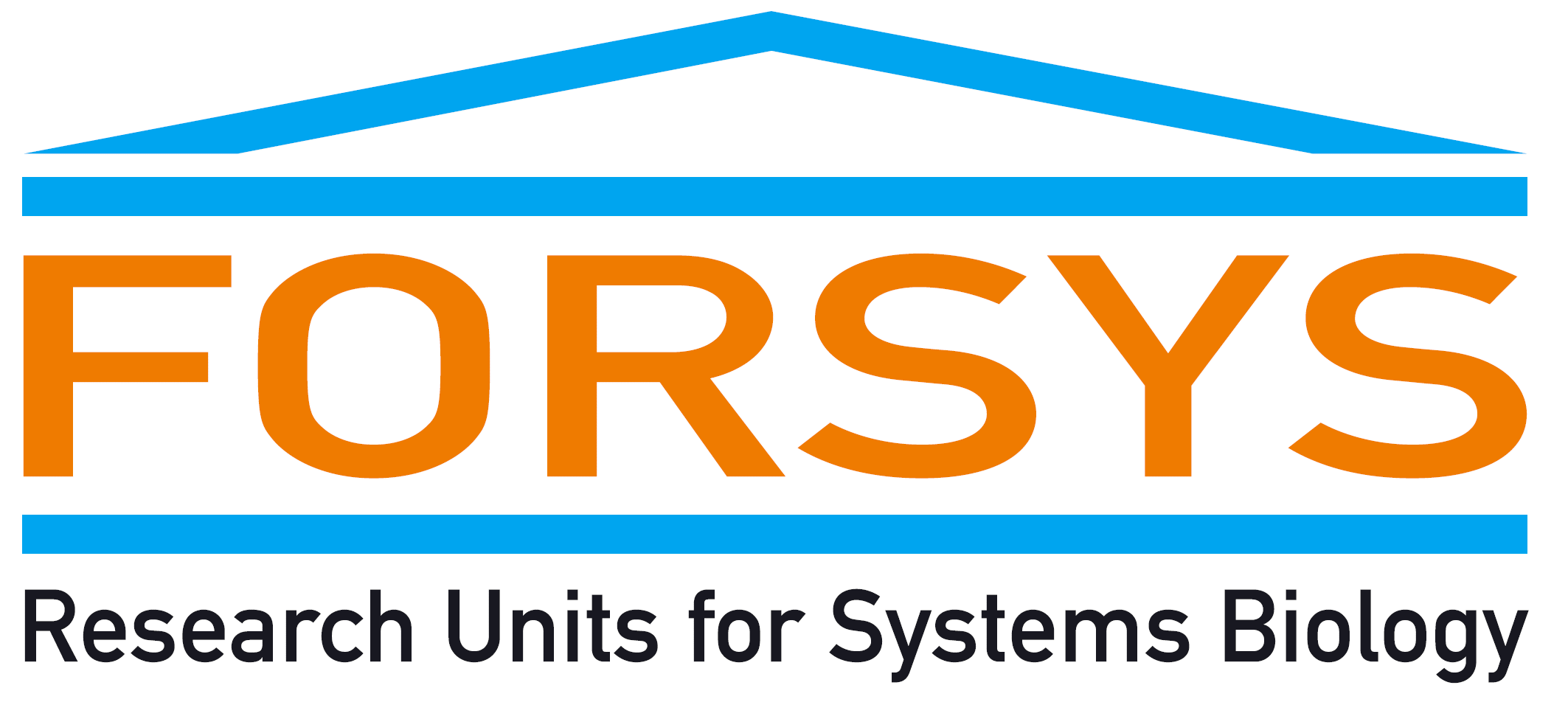Robustness of IL-6 signal transduction
Communication between cells is essential for all physiological and pathophysiological processes of multicellular organisms. Shannon's information theory characterises the transmission of information in artificial and natural communication systems. It examines how information is transmitted from a sender to a receiver via a noisy channel. We use this model to characterise IL-6-induced signal transduction in more detail. IL-6 is interpreted as a transmitter. It binds to receptors on the cell surface and activates intracellular signalling cascades (= channel). These signalling cascades result in the activation of specific transcription factors that regulate the transcription of target genes (= receiver). This information channel is influenced by cellular heterogeneity. Genetically identical cells within an organism are not the same even within one organ. They differ massively, for example, in the number and activation status of receptors, signalling proteins and target genes. In addition, diffusion of cytokines leads to concentration gradients.
Against this background, we are investigating in this project, funded by the OvGU Innovation Fund, the consequences of cellular heterogeneity on IL-6-induced signal transduction and try to understand which molecular mechanisms have evolved to guarantee robustness against cellular heterogeneity or even to draw advantages from cellular heterogeneity. We use complex multiparametric flow cytometric analyses of the activation and expression of signalling proteins and the expression of target gene mRNAs. The information-theoretical analysis is carried out in cooperation with Michal Komorowski (Polish Academy of Sciences).






